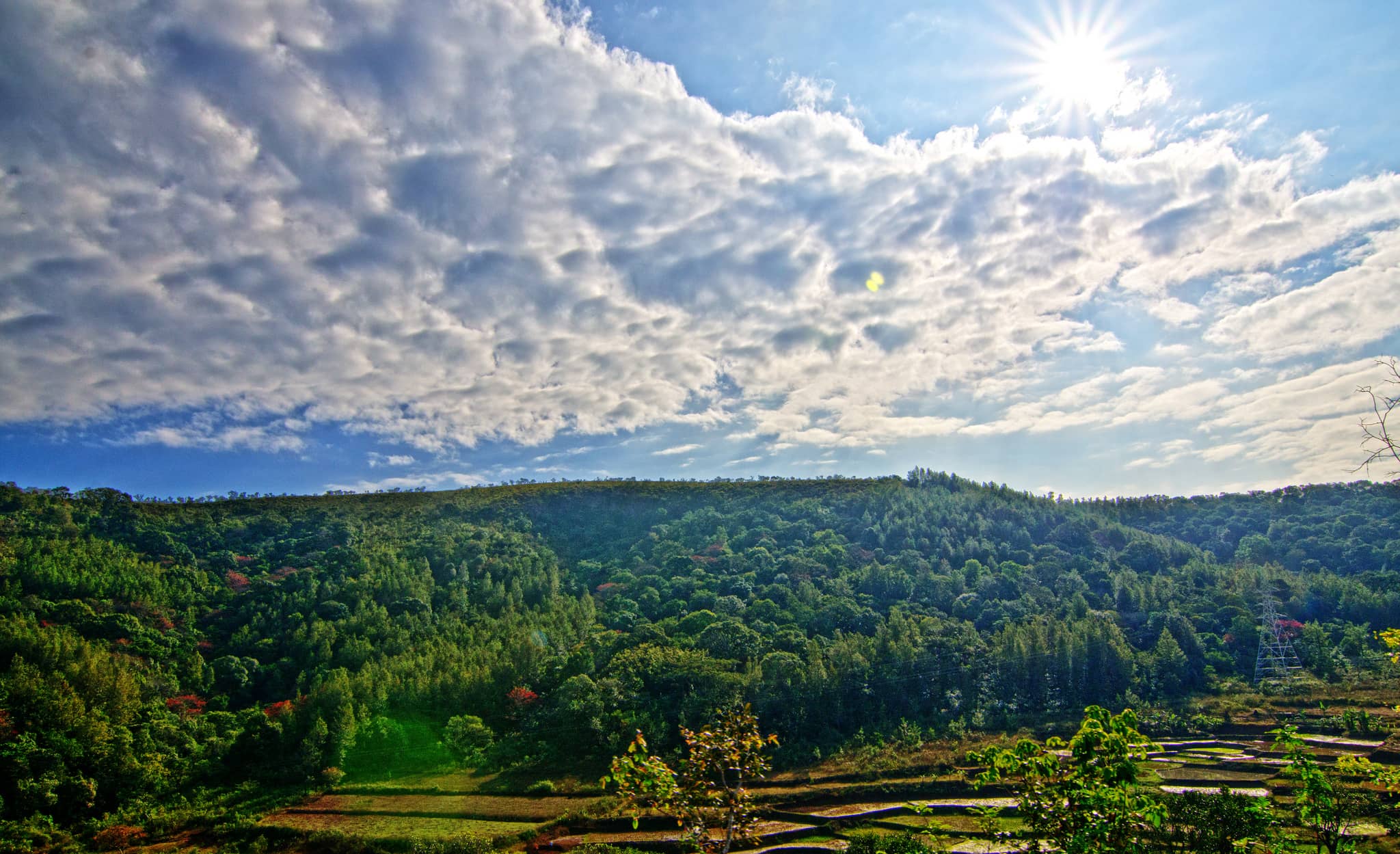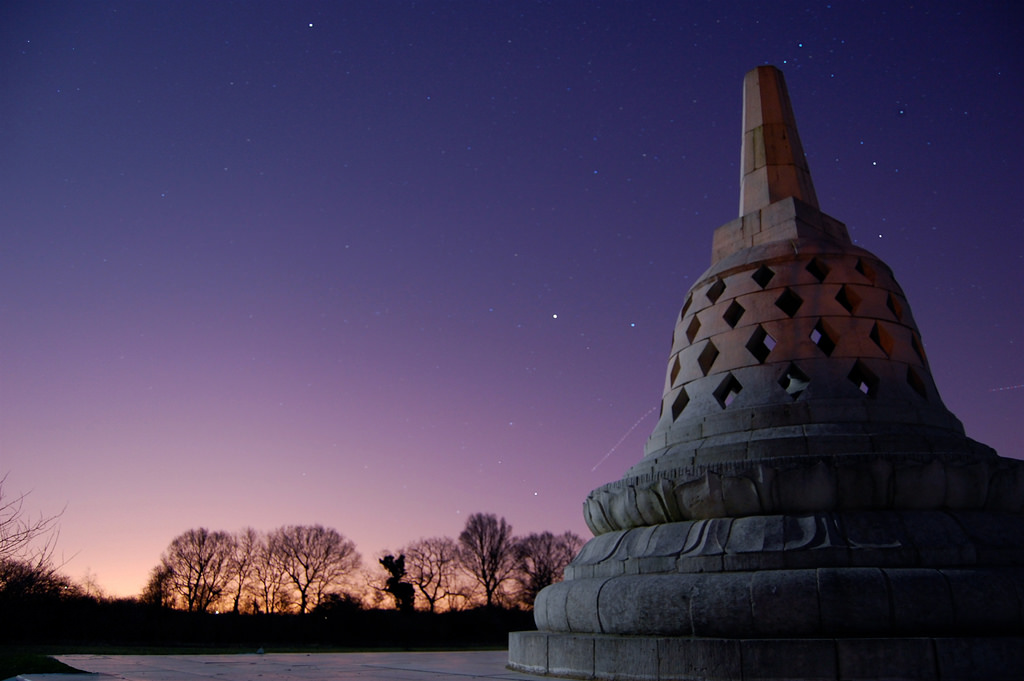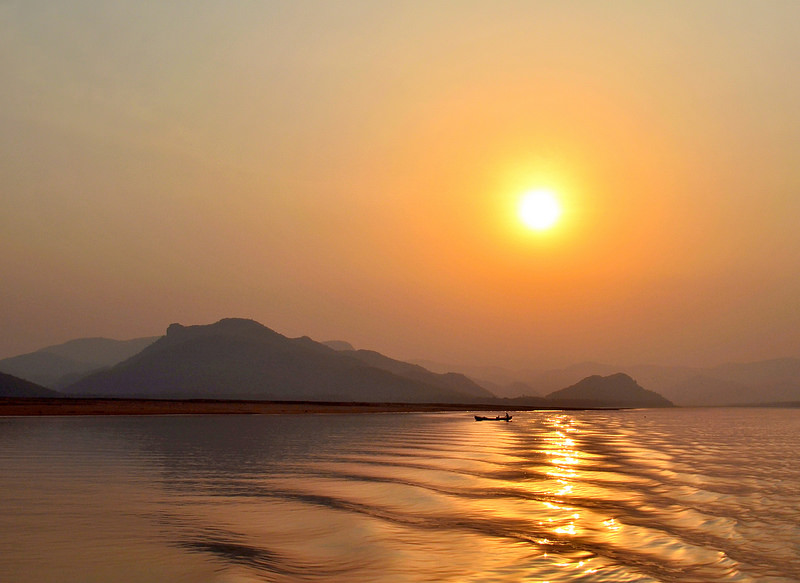The Lake District National Park, located in the heart of Cumbria, England, attracts visitors from around the world. In this guide, we’ll take you on a virtual journey through this stunning area—covering its rich history, breathtaking views, outdoor adventures, and much more. The Lake District became one of England’s first and largest national parks in 1951. Spanning 2,362 square kilometers, it offers plenty of space for travelers to enjoy its untouched natural beauty.
sights to see in Lake District National Park
Yorkshire Dales
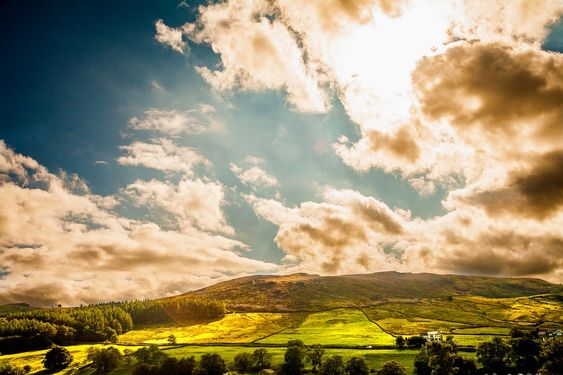
The Yorkshire Dales is famous for its green meadows, colorful wildflowers, and unique limestone features. Beautiful spots like Malham Cove and Gordale Scar are popular with visitors. The area offers many places to stay, from cozy bed-and-breakfasts and historic inns to self-catering cottages and campgrounds, making it easy to find something for every budget and style.
Windermere

The area around Windermere is rich in wildlife. Along the lake’s edge, you can often see geese, swans, and other animals. Parks and woodlands nearby are also home to many species. Walking and hiking paths, like the Windermere Way, circle the lake and offer amazing views. These trails are suitable for people of all hiking levels.
Ullswater
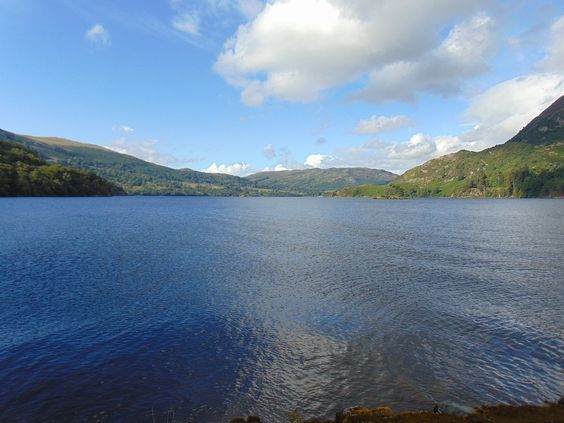
Ullswater is home to animals like red deer, otters, and many types of birds. Birdwatchers may even spot eagles and buzzards flying above. Visitors can choose from a range of places to stay, including hotels, inns, bed-and-breakfasts, and campsites. There’s something to fit every budget and preference.
Derwentwater
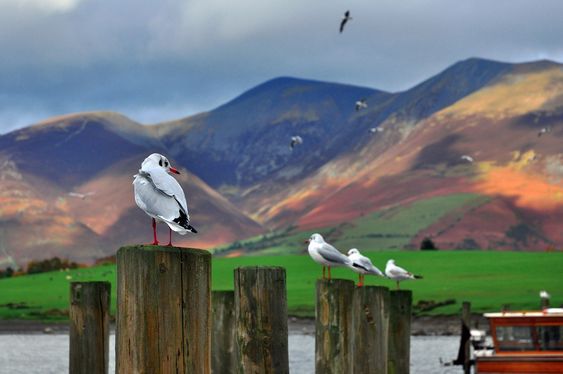
Derwentwater is a beautiful lake that’s carefully protected to keep its water clean and the local wildlife safe. The area is a great place to see birds like ospreys. In the nearby woods and along the lakeshore, you might also spot deer and red squirrels in their natural homes.
The World of Beatrix Potter Attraction

This fun attraction celebrates the life and stories of Beatrix Potter, the author behind beloved characters like Peter Rabbit, Jemima Puddle-Duck, and Mrs. Tiggy-Winkle. There’s also a charming tea room named after Peter Rabbit where visitors can relax and enjoy snacks or a light meal.
Buttermere
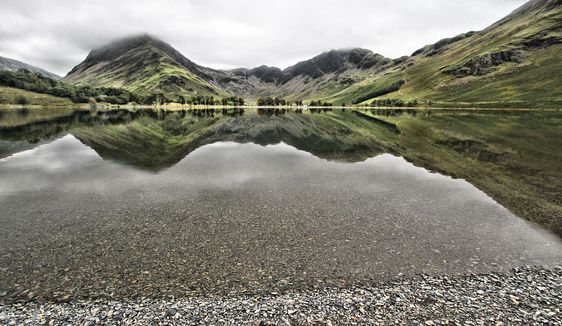
Buttermere is a peaceful and scenic spot, perfect for nature lovers and photographers. The calm lake reflects the nearby hills, creating a picture-perfect setting. Around Buttermere, you’ll find traditional inns, guesthouses, and cottages that offer a cozy and restful stay.
Hill Top

Hill Top was once the home of Beatrix Potter, famous for writing children’s books like The Tale of Peter Rabbit. She bought the farmhouse in 1905 using the money from her book sales. One of the highlights of Hill Top is its garden, which still grows many of the same flowers and herbs Beatrix once planted. Along the garden paths, you’ll find signs with characters from her stories.
Yorkshire Three Peaks
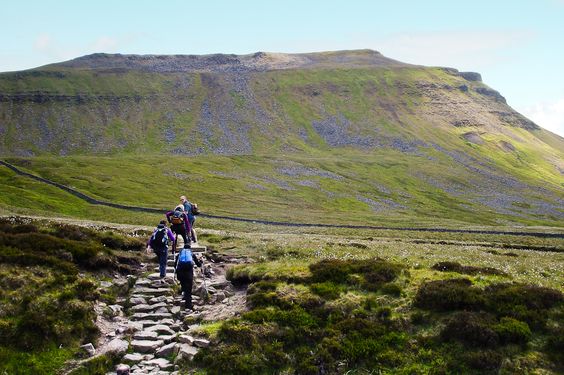
The Yorkshire Three Peaks challenge takes place in the stunning Yorkshire Dales, known for its rolling hills, limestone cliffs, and green valleys. Hikers climb three separate peaks during the walk, with each one offering amazing views. The journey takes you through a landscape filled with stone walls, grassy meadows, and scenic countryside.
Castlerigg Stone Circle
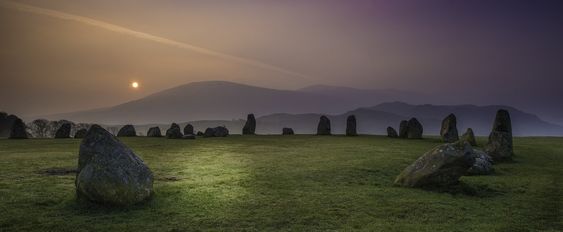
No one knows for sure why Castlerigg Stone Circle was built. Some believe it may have been used for ceremonies or linked to the moon and sun. The circle includes 38 large stones, plus a rectangle-shaped area. The stones are different in size and shape—some stand tall, others lean or lie flat. Its imperfect circular shape makes it even more unique.
Aira Force

The name “Aira” likely comes from an old Norse word meaning “gravel-bank stream.” Aira Force has been a favorite spot for nature lovers for a long time. The woods around the waterfall are full of native trees like oak and Scots pine. Visitors often spot red squirrels, birds, and other woodland animals, making it a great place for wildlife watching.
Best Time to Visit the Lake District National Park
The Lake District National Park in England is a beautiful place to visit any time of the year. The best time to go depends on what you enjoy doing. Here’s a look at what each season has to offer:
Spring (March to May)
Spring is a lovely time in the Lake District. Flowers start to bloom, and the hills and fields turn green again. It’s a great season for walking and hiking, with fewer crowds on the trails than in summer. You might also see baby animals like lambs in the countryside.
Summer (June to August)
Summer is the most popular time to visit. The weather is warmest, and it’s perfect for outdoor activities like boating, swimming, and picnics by the lake. Since it’s a busy season, it’s a good idea to book your accommodation early. With long daylight hours, you’ll have more time to explore.
Autumn (September to November)
In autumn, the trees turn amazing shades of red, orange, and yellow. The scenery is perfect for taking photos and enjoying peaceful walks. It’s cooler during this season, especially in the evenings, so bring warm clothes. It’s also less crowded than summer.
Winter (December to February)
Winter turns the Lake District into a quiet, magical place. Snow may cover the hills and mountains, and the small villages feel extra cozy. If the weather is clear, you can enjoy winter sports like skiing or sledding. Roads can sometimes be icy or closed, so check conditions before you travel.
Late Winter / Early Spring (February to March)
This time of year is quieter, with fewer visitors. You might still see some snow on the hills, but early signs of spring begin to appear. It’s a peaceful time to visit, and places to stay are often cheaper.



